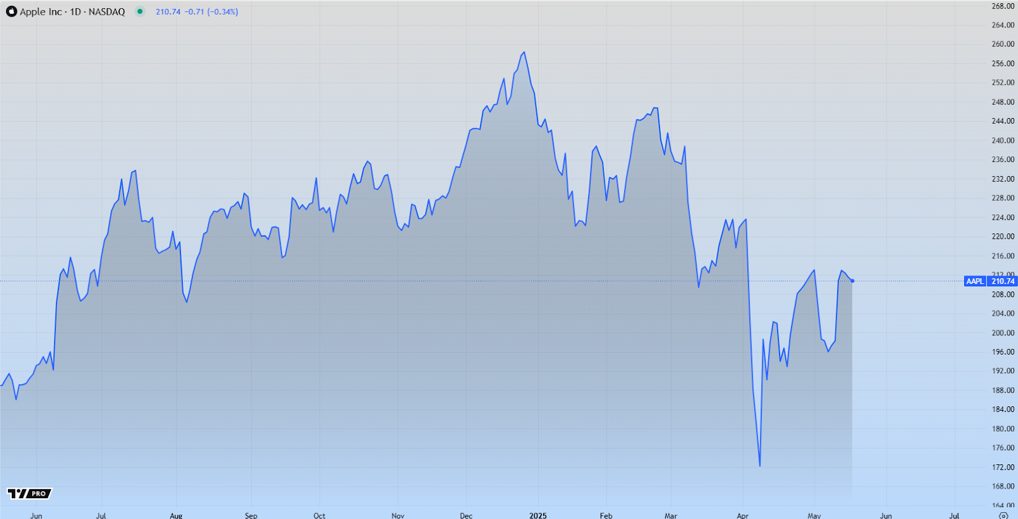The lithium batteries also known as Li-Ion, are a kind of accumulator, which means that it is a device developed for storing electric power, but with the difference being developed for use as an electrolyte the lithium salt, reason for which it manages to have the necessary ions to carry out an electrochemical reaction between the anode and cathode, and therefore provide the necessary energy.

Types Of Lithium Batteries:
There are two types of lithium ion battery, which although they offer the same electrical properties, they are differentiated by the implementation that is done with them.
Lithium Ion Batteries (Li-Ion): They are used in cases where the battery or the space where they are going to be housed is rectangular or has a shape of right angles. To a large extent, this is why it is the battery that is most used for tablets and smart phones whose forms are conventional.
Lithium polymer batteries (Li-Po): They are used in devices where the form is not as frequent or conventional, where you can cite cases such as curved smart phones, smart watches, like other devices that are not straight.
How A Lithium Battery Works:
In Surveying Lithium Battery the operation is explained from the use of lithium salts as an electrolyte, it is the necessary step for the current to flow between the cathode and the anode, to finally power the device as it goes accumulating inside.
When using the battery, the lithium ions will be found flowing from the cathode to the anode to deliver the current to allow the ions to be found with the anode. The previous processing becomes more complex when thinking that it acquires other connotations and is called oxidation and reduction.
Advantages Of A Lithium Battery:
- Stability And Supply: Lithium batteries stand out for these two conditions, which is why they are very suitable for devices where a high level of energy is required with efficient delivery.
- Lightweight: Compared to other types, lithium batteries are very light, so the devices where they are used will be lighter.
- Size: They are batteries that are usually small, so they adapt without problems to devices with space reduce for a battery such as tablets or smart phones.
- Electric Performance: They can deliver 3.7 Volts per cell and do not suffer from the memory effect that corresponds to a reduction in the progressive load capacity of the batteries when recharged without being fully discharged.
- They prevent overheating: They are batteries that can be kept connected to the charger even if it has already been fully charged.
- Stable When Unloaded: The voltage will vary imperceptibly for the user, so it does not require a voltage regulator.
- Lithium Batteries Far Exceed: 3,000 charge cycles while lead batteries hardly reach 1,000 cycles.
- The Depth Of Discharge Of The Lithium Battery: Exceeds 90% while that of lead does not exceed 50%.
- The Output Voltage In The Lithium Battery: It is constant throughout the discharge process while in lead batteries it is decreasing.
- Lithium Batteries Can Be Recharged: In any state of charge while lead batteries are only recharged at their minimum charge level.
Applications Of Lithium Batteries:
- Smart phones.
- Tablets
- Electric cars.
- Hybrid cars
- Hydraulic propulsion of boats or yachts.
- Smart watches
Parts Of A Lithium Battery:
- Cathode: The discharge of the battery occurs when the ions pass from the anode to the cathode.
- Anode: Stores the ions of which the battery is composed.
- Central Membrane: Prevents the battery from being discharged in an uncontrolled manner.
- Myths and curiosities about Lithium batteries.
How Is Lithium Batteries Created?
Lithium is a mineral found in the earth, usually dissolved in soil / water with high levels of salt peter, which exposes it to a filtering process, in order to have lithium in suitable conditions to work with it. Then you have to perform a filtering process, get the lithium and then you can work it.

Where a 5 kilogram ingot will be transformed through a press, into a 250-micron thick sheet and 200 meters long. Later with a laminator the thickness is reduced (between 20 to 40 micas) and a length of 2 kilometres, thus to manufacture 210 lithium batteries.
Batteries use electrochemical reactions to produce an electric current. The chemical energy of the material stored in the battery is converted into electrical energy by means of a chemical reaction. The battery consists mainly of three elements, a cathode, an anode and an electrolyte to separate them.
There are basically three types of lithium ion batteries based on different cathode materials, cobalt oxide, and manganese oxide and iron phosphate.




